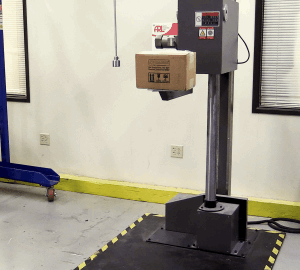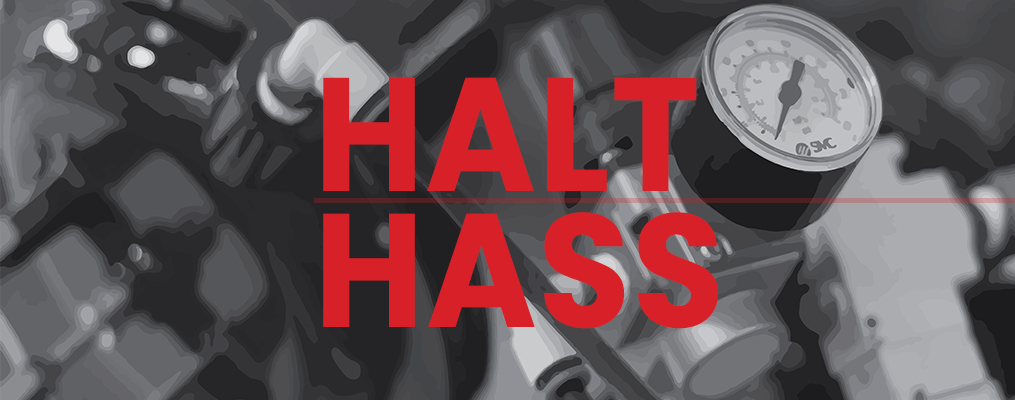Don’t Drop the Ball, Do a Drop Test
Amit Pal2023-05-12T08:53:17-05:00We’ve all been there before, excited to receive a package only to find it completely smashed in transit and the product broken before we even got a chance to use it. Odds are the manufacturer did not do their fair share of drop testing to ensure their packaging would survive the rough world of transit. To get a better understanding of drop testing, we’re taking a deep dive into what it is and why it can benefit your product.

WHAT IS DROP TESTING?
Drop testing, as the name implies, determines the ability of a package or product to withstand the stresses of handling drop impacts by people and machinery during distribution and the end-use environment. Drops can happen at any time, in any place, from any number of heights, so it pays to test your product and its packaging for how well it can handle a drop from heights both expected and unexpected.
Simply put, we drop your product using our state-of-the-art drop testers in our test lab to see how it handles the force impact of being dropped. This is done by simulating a free fall from a range of heights, from normal use case elevations to the extreme just-in-case peaks. Also included in the drop testing process is the option to drop your product in various packaging options and orientations to determine if the chosen packaging will withstand transit to its destination.
Our drop testing methods allow you to thoroughly examine the effectiveness of package cushioning and its ability to protect your product, as well as other critical design attributes when exposed to all possible drop test orientations.
ADVANTAGES OF DROP TESTING
Drop test simulation clears up any uncertainties that may come with shipping through a repeated, consistent impact forced upon your product for reliable, accurate results. Our drop testers test your product and its packaging in many different orientations and configurations so you get the full picture of what your product can handle. Drop testing can also help your product meet certain industry, government, and other standards necessary to ship to market, such as the International Safe Transit Association (ISTA) standard. Our drop test procedures also offer valuable data for how real world forces will impact your product in everyday use.
Non Comprehensive List of International Standards Covered by ARL:
Your product arriving at a customer’s doorstep can be a vital moment in the formation of an ongoing relationship, and if your product arrives broken, there’s a decreased chance for that relationship to flourish.
WHO BENEFITS FROM DROP TESTING
Any manufacturer who ships parts to vendors or customers needs to be confident that their products will arrive in an undamaged, working condition. Unless you’re shipping diamonds, there is always a chance that a part or product can become damaged while in transit. Broken parts or products can slow down production lead times in complex manufacturing processes and damage relations between vendors on the supply chain.
More importantly, the largest benefactor is the customer. Customers tend to respect reliable, predictable results when they make purchases. If your product arrives broken or in a non-working condition, you might lose potential reorders or purchases, regardless of your customer service. Your product arriving at a customer’s doorstep can be a vital moment in the formation of an ongoing relationship, and if your product arrives broken, there’s a decreased chance for that relationship to flourish.
HOW CAN ARL HELP?
As with every potential project, ARL starts by listening to our clients and figuring out their exact needs. If they need their product tested to a specific standard, then we’ll happily do that. Oftentimes though, our clients don’t have an exact standard in mind, so in that case, ARL can tailor a test to them.
Drop testing also pairs well with other ARL testing services such as Shock and Vibe testing to help design effective packaging and to get the complete, clearest picture of how mechanical forces will affect your product.
To learn more about ARL’s testing capabilities or to hear what we’d recommend for your product, contact us today.






